Latest NRAO News
News is managed by NRAO News & Public Information. Questions about News? Have a story to share? Want to interview a scientist or create new media about our telescopes?
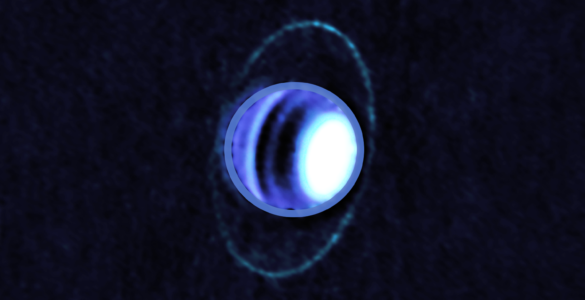
Using the both ALMA and the VLT, astronomers have imaged the cold, rock-strewn rings encircling the planet Uranus. Rather than observing the reflected sunlight from these rings, ALMA and the VLT imaged the millimeter and mid-infrared “glow” naturally emitted by the frigidly cold particles of the rings themselves.
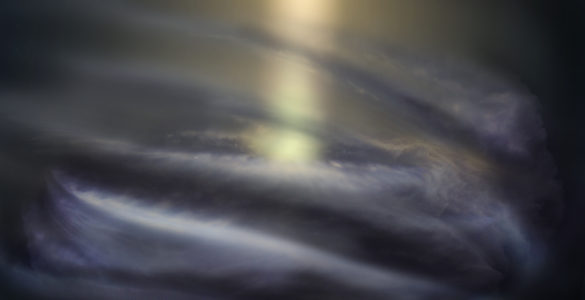
New ALMA observations reveal a never-before-seen disk of cool, interstellar gas wrapped around the supermassive black hole at the center of the Milky Way.
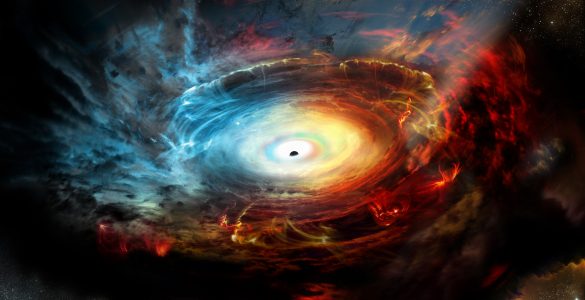
For decades astronomers have dreamed of seeing a black hole. That dream may soon become a reality.
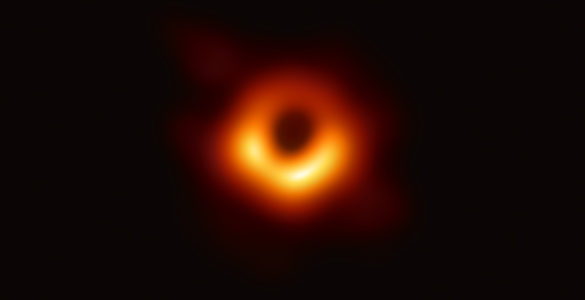
Using the EHT, with ALMA as its most sensitive component, astronomers have captured the first direct visual evidence of a black hole: an image of the supermassive black hole at the center of Messier 87 (M87), a giant elliptical galaxy 55 million light-years from Earth.
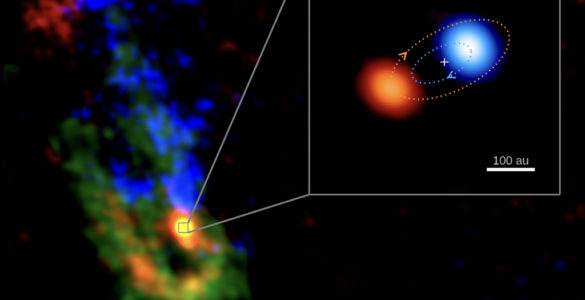
Using ALMA, astronomers have observed the formation and mutually entwined motions of a massive binary star system.
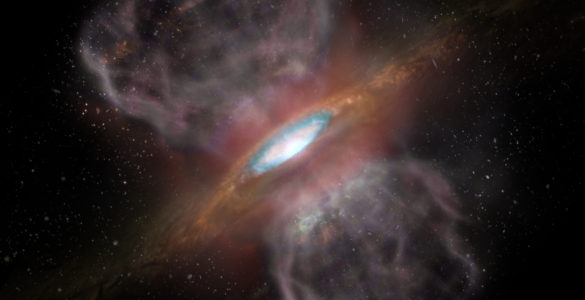
ALMA discovered ordinary table salt in a not-so-ordinary location: 1,500 light-years from Earth in the disk surrounding a massive young star.
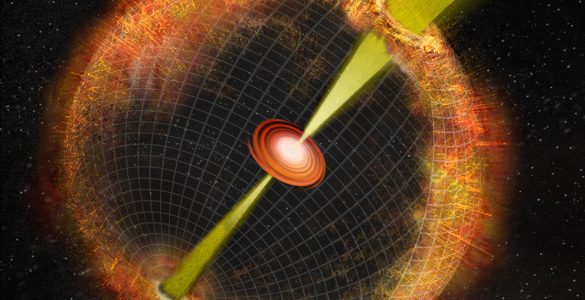
Astronomers have studied a perplexing cosmic blast with a worldwide collection of telescopes, including ALMA and the VLA, but still are not sure exactly what it is.
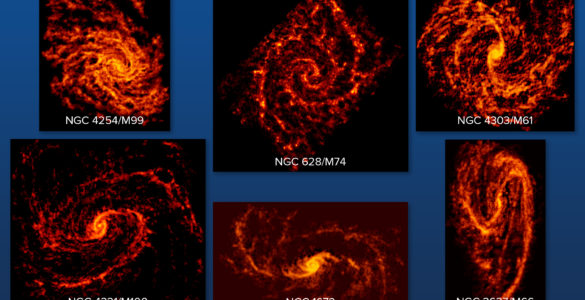
ALMA is revealing new insights into the relationship between star-forming clouds and their host galaxies.
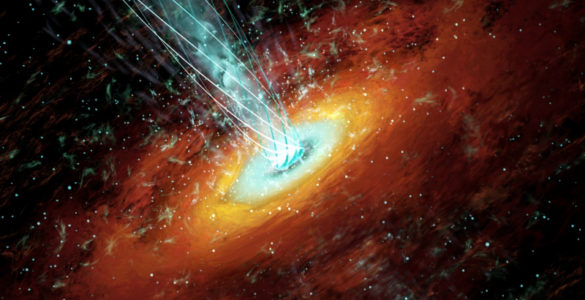
Using data from ALMA, a team of astronomers studied the growth and evolution of bubbles of hot plasma produced by active quasar HE 0515-4414. The bubble was analyzed by observing its effect on light from the cosmic microwave background. It is the first time this method was used to study quasar dynamics.
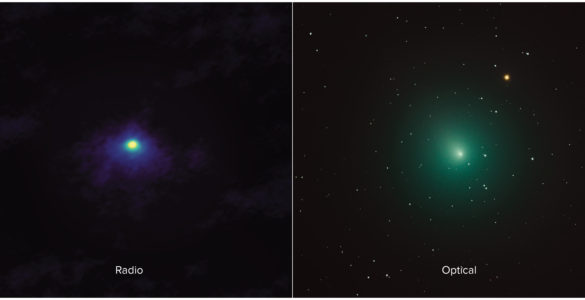
As comet 46P/Wirtanen neared Earth on December 2, astronomers using ALMA took a remarkably close look at its innermost regions.





